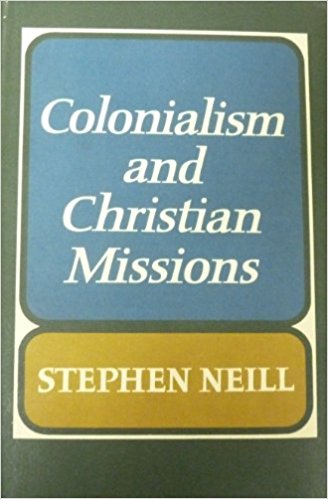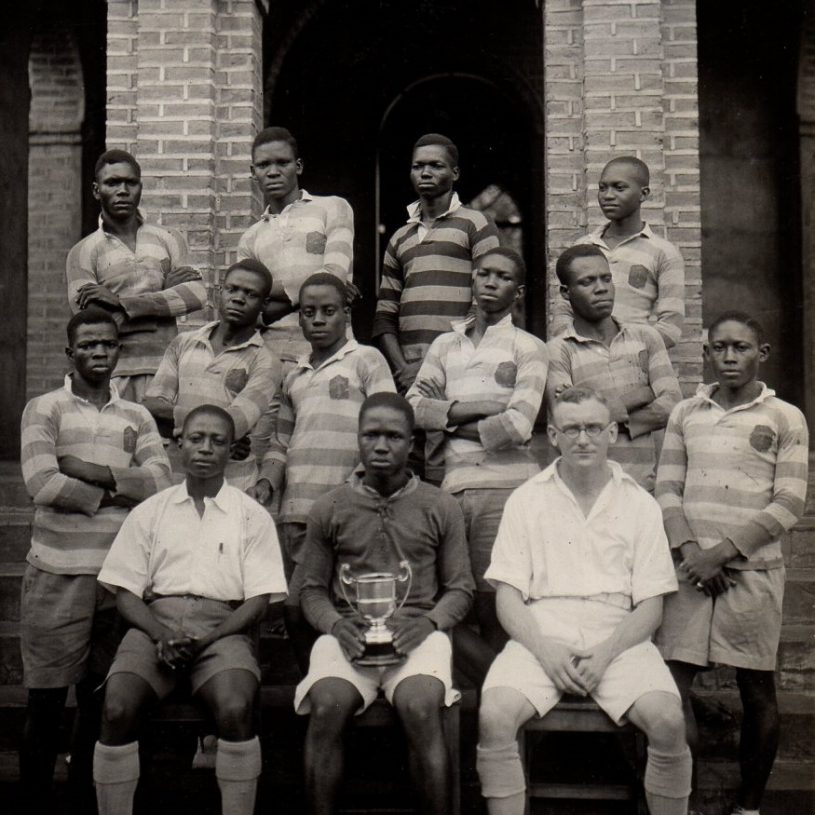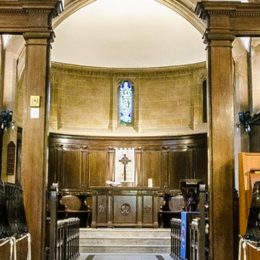Exploring the world of art, history, science and literature. Through Religion

Welcome to TreasureQuest!
Look through the treasures and answer the questions. You’ll collect jewels and for each level reached, earn certificates.
How far will you go?
You need an adult’s permission to join. Or play the game without joining, but you’ll not be able to save your progress.






Are there links to current religious practices or a modern equivalent?
It is still common for schools to take photographs to commemorate school sporting victories.

Where is it from, where is it now?

Websites
Cambridge Centre for Christianity Worldwide
This website includes a growing number of images and other material relating to the work of missionaries.
PDFs
Colonialism, Christians and Sport: The Catholic Church and Football in Goa, 1883-1951
Mills (2002) – Football Studies, 5(2): 11-26.
Colonial legacy, minorities and association football in Kenya
W.W.S. Njororai (2009) – Soccer & Society 10(6): 866-882.
Background to the Foundation of Dennis Memorial Grammar School, Onitsha
Otonti Nduka (1976) – Journal of the Historical Society of Nigeria 8(3): 69-92.
Books
 A History of Christian Missions
A History of Christian Missions
Stephen Neill
1984, Penguin
 Colonialism and Christian Missions
Colonialism and Christian Missions
Stephen Neill
1966, McGraw-Hill Book Company











 Faculty of Divinity
Faculty of Divinity